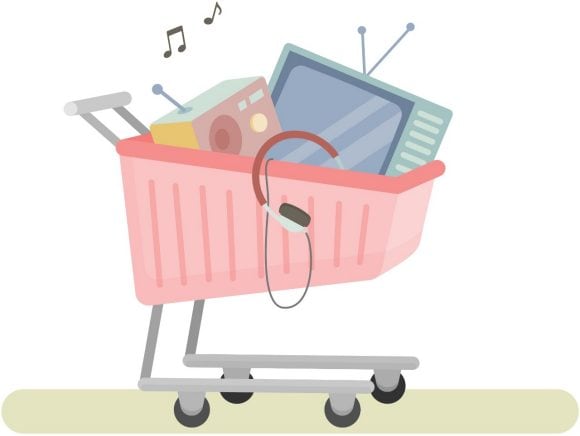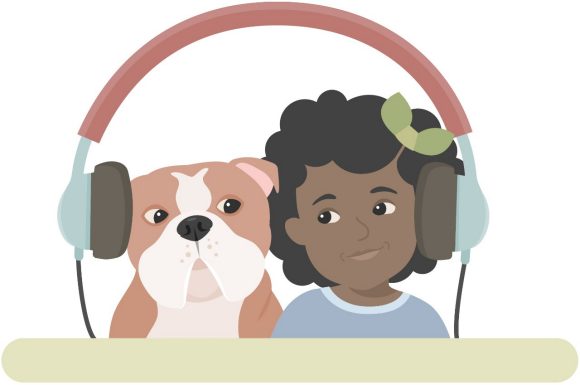Should kids pay for Spotify and Netflix?
There are countless offers for streaming services, smartphone subscriptions and other media. But who in the family should pay?

![]()
header.search.error
There are countless offers for streaming services, smartphone subscriptions and other media. But who in the family should pay?
Media consumption: who pays?
Things were easier in the old days: the Serafe invoice arrived once a year and it covered the cost of television and radio for the whole family. The only other charges were for the landline, a prepaid card and perhaps the annual library fee. Nowadays there are countless different ways to consume media, making it harder to keep track of the costs. And if parents pay all the bills, kids don’t realize quite how much is being spent.

Individual account vs. family account
Streaming accounts with multiple users per household are usually cheaper than individual accounts. It’s best to speak openly with your child about the costs. It often makes sense to take out a family subscription or for siblings to share an account. If your kids decide they want their own subscriptions, discuss what they should contribute from their allowance.
The monthly costs of media consumption often seem low. But if you have subscriptions with several providers, the annual costs can be quite high. So it makes sense to sit down with your child and take a look at the bills for streaming, radio and TV, library, film rental via Pay TV, internet, and so on. Before they leave home, children should understand how these expenses can add up. This will help them realize that they may not be able to afford everything once they move out.
Smartphone: prepaid or contract? It’s worth comparing offers
Of the 12- to 13-year-olds in Switzerland, 97% have their own smartphone and most are on a contract. As under-18s are not allowed to take out a contract, their parents must sign for them. Rather than you alone deciding which provider to go with, take a look at suitable offers together with your child. How much data and how many minutes do they really need? Maybe a prepaid card would be enough? When you get them a phone, make sure you are clear about who pays what towards the contract or prepaid card and, in the case of the latter, how long the credit should last. As your child gets older, they can take on more responsibility and can put their birthday money or some of their allowance towards the costs of their phone.

Explain in-app purchases
Many supposedly “free” games can suddenly incur charges because you often have to spend money to unlock new parts of a game. Your child may not understand this, so you need to explain how these things work. Calculate together how much multiple purchases cost and whether they are worth it. Compare the prices of these in-app purchases with everyday purchases. What could you buy with the same money at the grocery store? If your child makes five in-app purchases at CHF 2 each, they’ve already spent CHF 10 of their pocket money. Perhaps they could have put that money towards their dream skateboard instead?
The main points in a nutshell
UBS’s educational principles
This article was written in collaboration with educator Marianne Heller, who has years of experience in teaching financial education and debt prevention programs for children and young people.

Subscribe to the Kids newsletter
Check out the latest articles on teaching kids about money and discover great contests and info about the UBS Kids Cup.